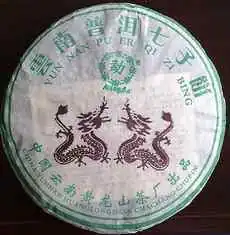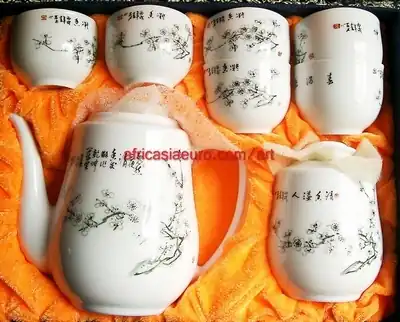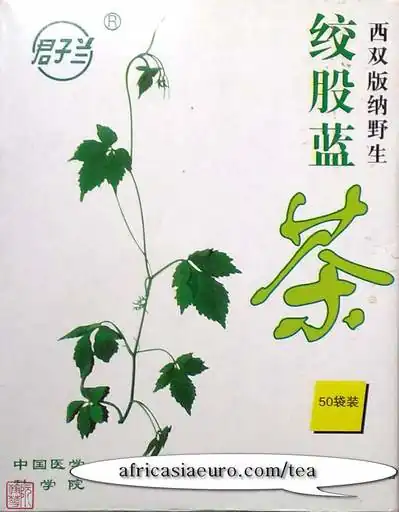Pu Er Tea Secrets
The Tea Connoisseurs
Traditional & Modern Insights
Pu'er tea, a treasured gem from Yunnan Province in China, holds an esteemed place in the world of tea for its exceptional aging process and distinctive flavor profile. The history of Pu'er spans over 1,700 years, tracing back to the Eastern Han Dynasty. Initially used as a tribute tea for emperors, it was also employed as a medium of exchange along ancient trade routes. Its name originates from the town of Pu'er, which was a hub for tea trading. Unlike most teas, Pu'er undergoes a unique post-fermentation process that enriches its flavor and character with time, much like fine wine. This maturation can span decades, resulting in teas that exhibit deep, earthy tones with hints of wood, tobacco, and dried fruit. What sets Pu'er tea apart is not just its taste, but also its health benefits. Scientific studies and traditional Chinese medicine both praise Pu'er for its positive effects on digestion, fat metabolism, and cholesterol reduction. The fermentation encourages the development of beneficial probiotics, which support gut health. Many also value Pu'er for its calming properties that help in stress reduction and improving mental clarity. Because of its lower caffeine content compared to coffee, Pu'er provides a gentle, sustained energy boost. As a result, it's not just a beverage—it's an experience. From its historical roots and elaborate tea ceremonies to modern health benefits, Pu'er tea continues to captivate enthusiasts across the globe.
Rich Legacy of Pu'er Tea
- Pu'er tea dates back over 1700 years during the Eastern Han Dynasty.
- Once used as currency and imperial tribute.
- Renowned for its aging potential and medicinal properties.
The Art of the Tea Ceremony
- Practiced by masters preserving ancient traditions.
- Served with ritual precision and reverence.
- Offers peace, fragrance, and cultural richness.




| Topic | Link |
|---|---|
| Coup Africa | Visit Page |
| Health | Visit Page |
Location: Xishuangbanna, Chenghai - Africasiaeuro